The Transformed Cell
The Transformed Cell deals with many of the differences that may exist between transformed cells and their normal counterparts. Topics covered range from malignancy and the cell surface to cell cycle regulation in normal and transformed cells; phenotypic expression of malignant transformation and its relationship to energy metabolism; and virus-induced transformation. The involvement of cyclic nucleotides in transformation is also discussed, together with intracellular pH and growth control in eukaryotic cells. This book is comprised of 12 chapters and begins with a brief description of terminology and basic concepts relating to cancer cells, as well as some comments on tumorigenicity and cell transformation. The next two chapters explore the evidence for and against the possible correlation of in vivo tumorigenicity to in vitro changes in the cytoskeletal system; anchorage-dependent growth; plasminogen activator production; agglutinability by lectins; and cell surface and plasma membrane properties. The regulation of cell proliferation and the relationships between ion movement and energy metabolism in normal and transformed cells are then examined, along with the transformation of normal cells by infection with new genetic material from tumor viruses. The remaining chapters focus on selected cellular properties that have been purported to differ between the normal and transformed cell, with particular reference to cyclic nucleotides; polyamine metabolism; cell viscosity; mobility of cellular water; intracellular pH; and element concentration. This monograph will be of interest to biologists and medical practitioners devoted to understanding cancer cell biology and cancer therapy.
{{comment.content}}
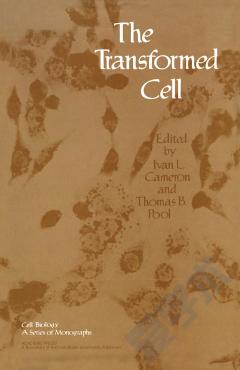
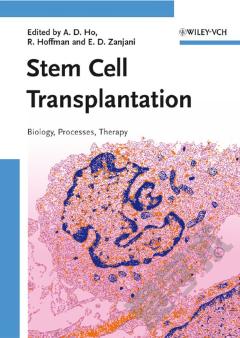
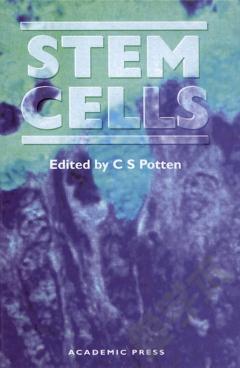
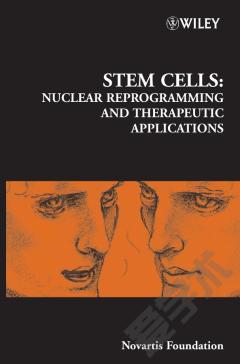
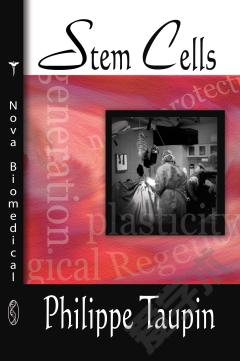
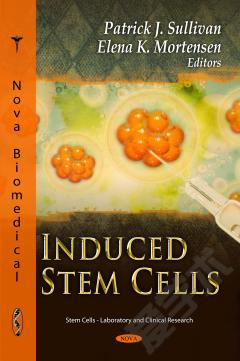
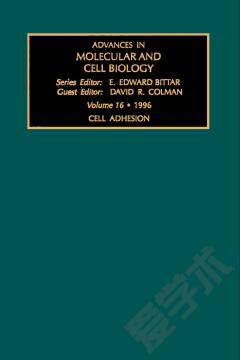

 京公网安备 11010802027623号
京公网安备 11010802027623号